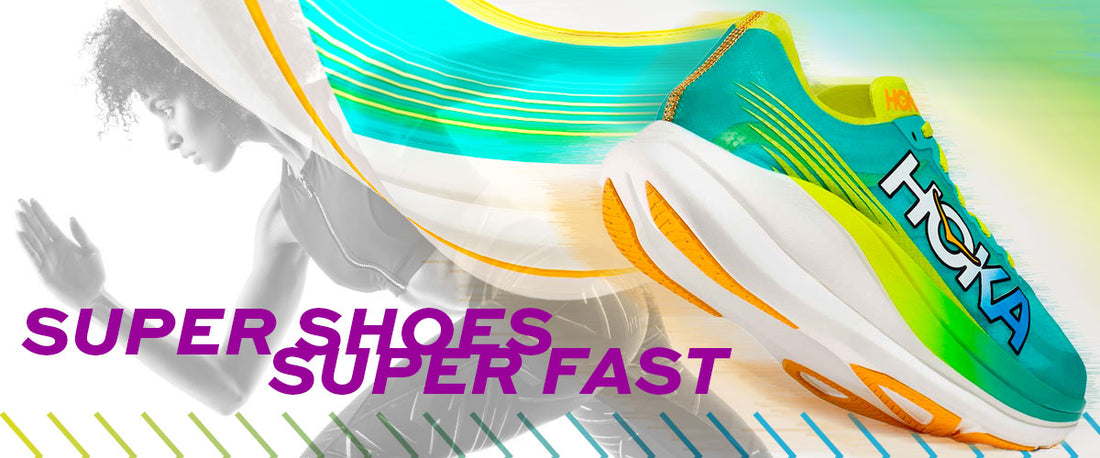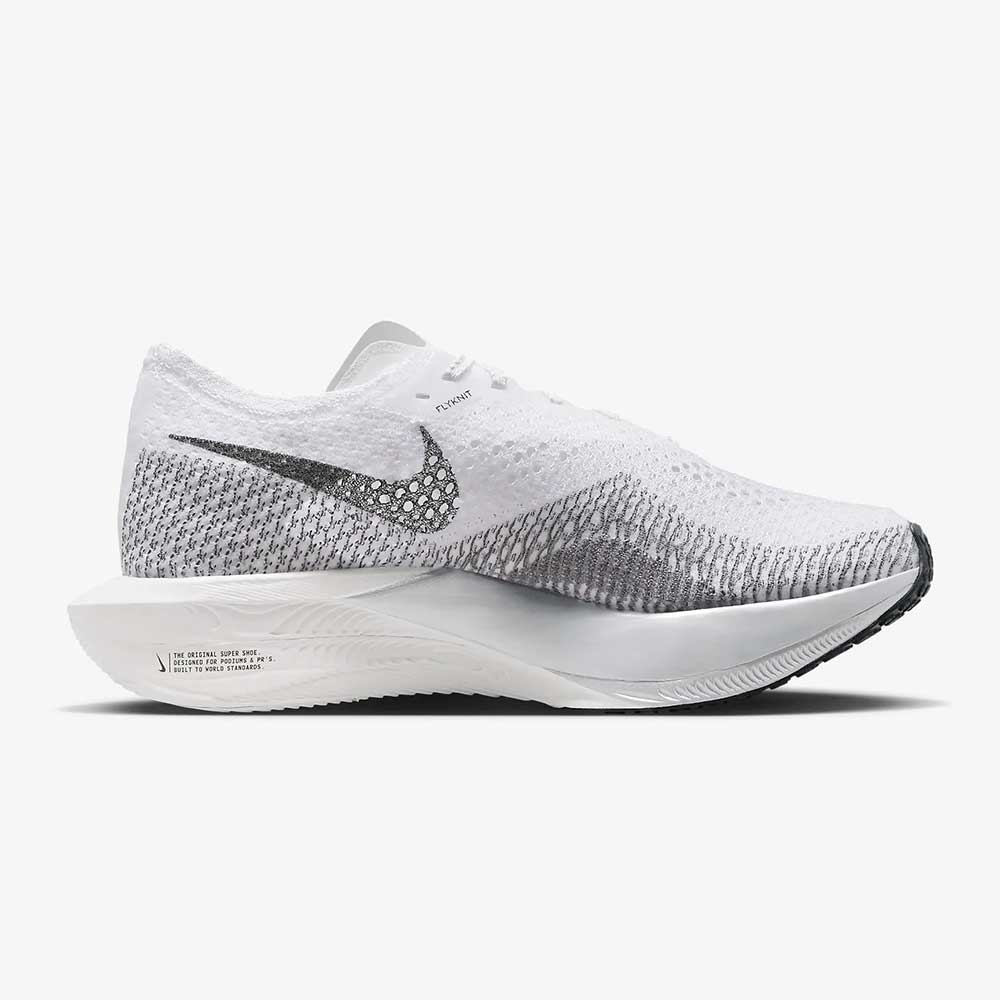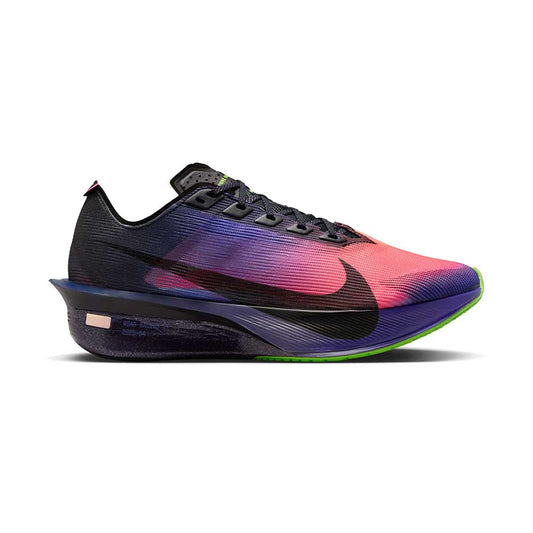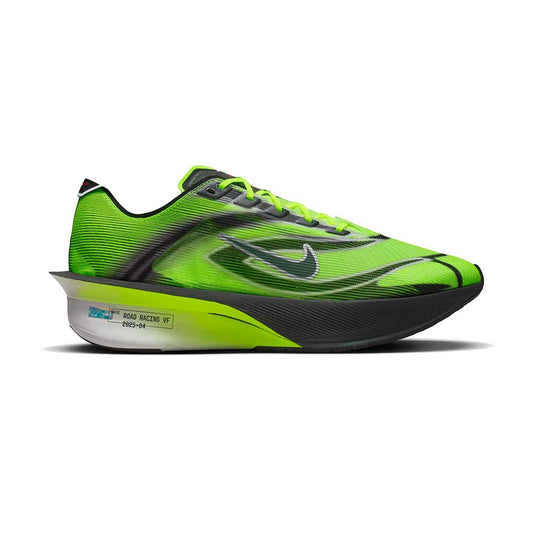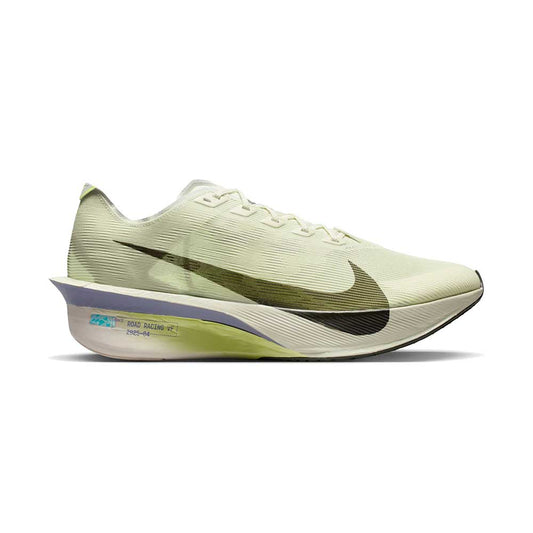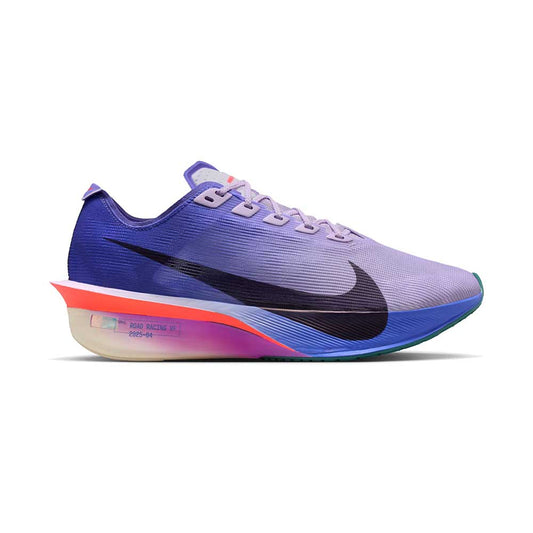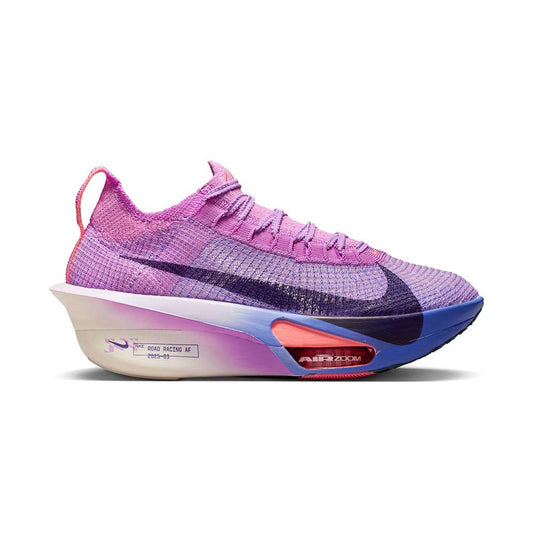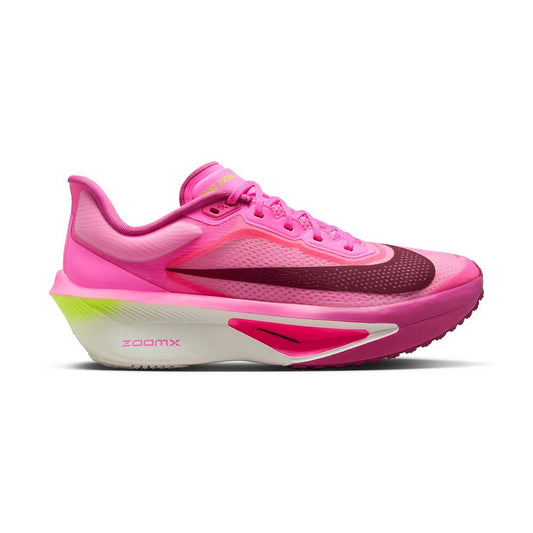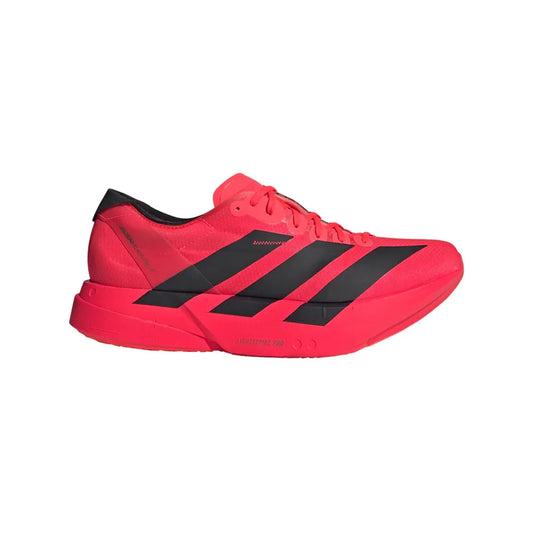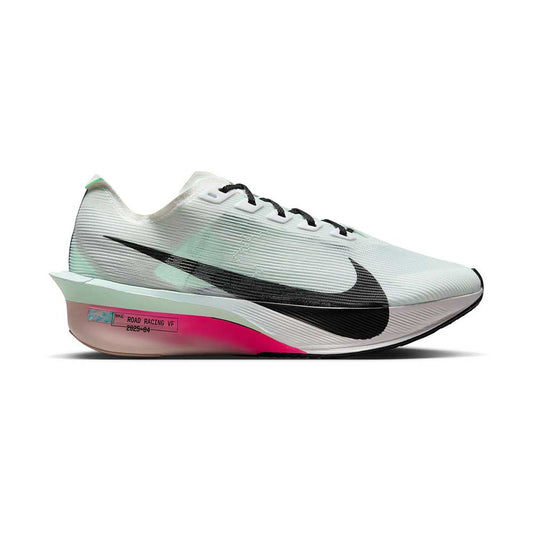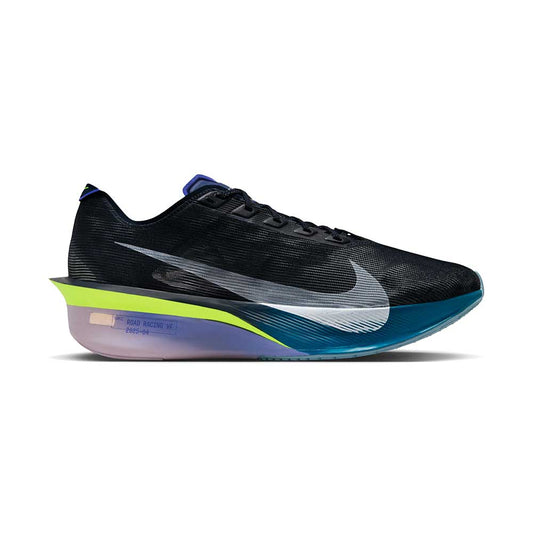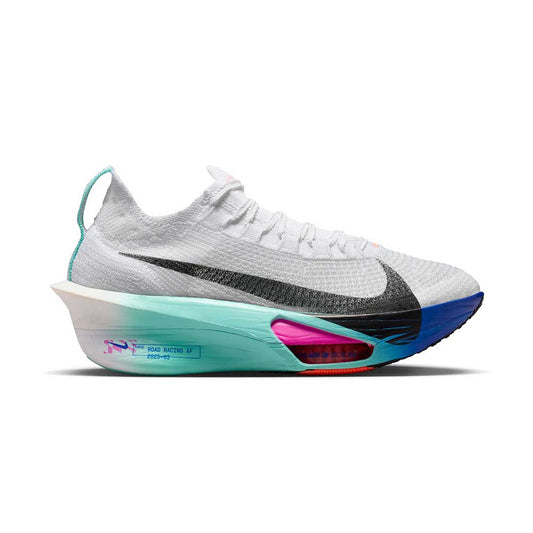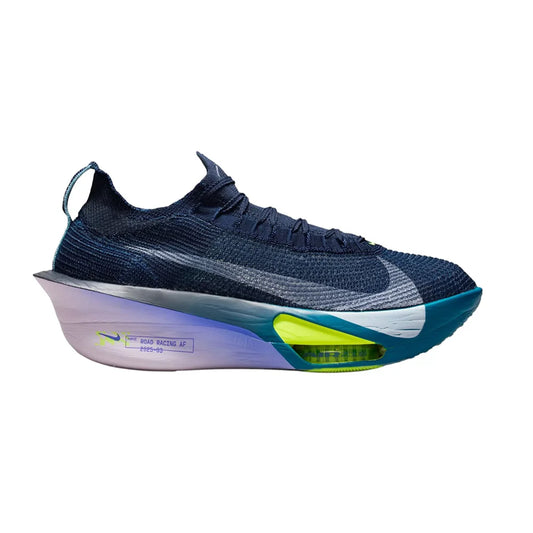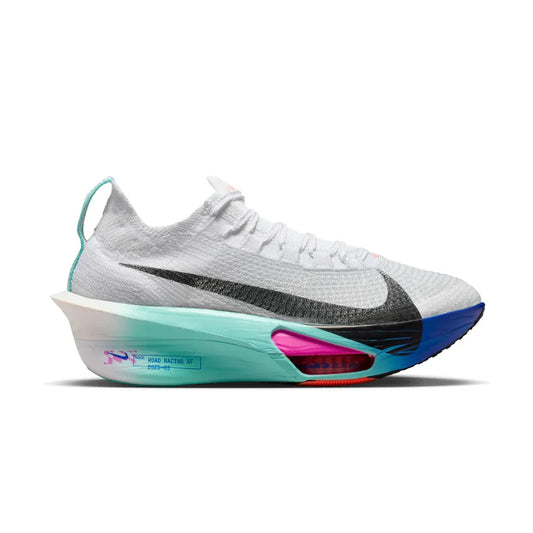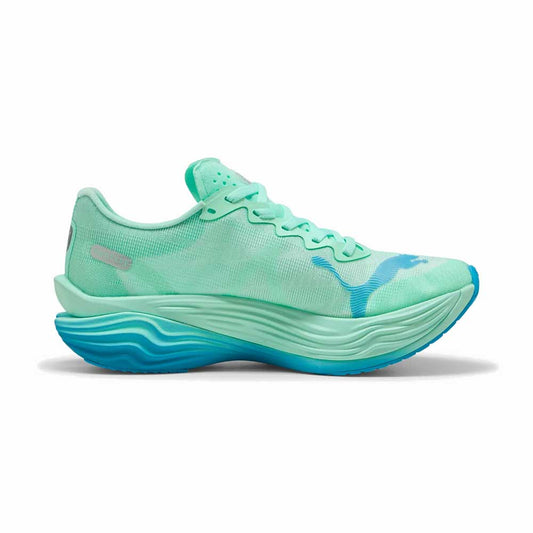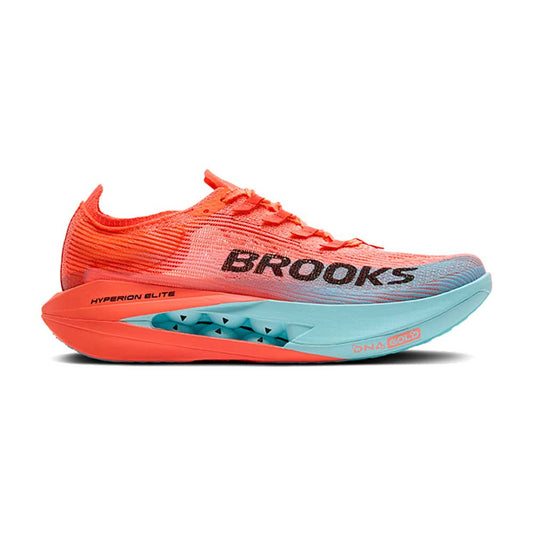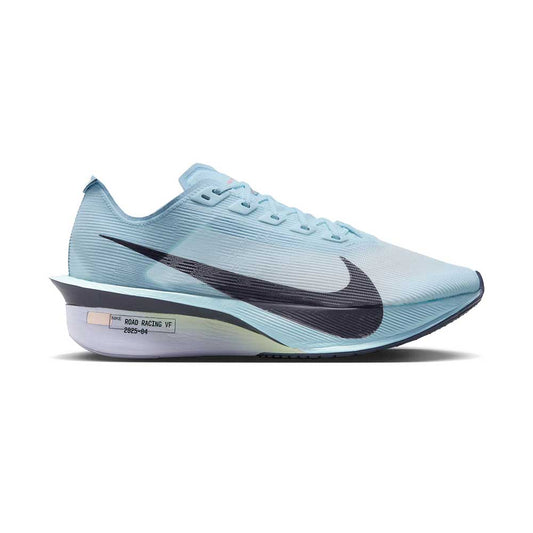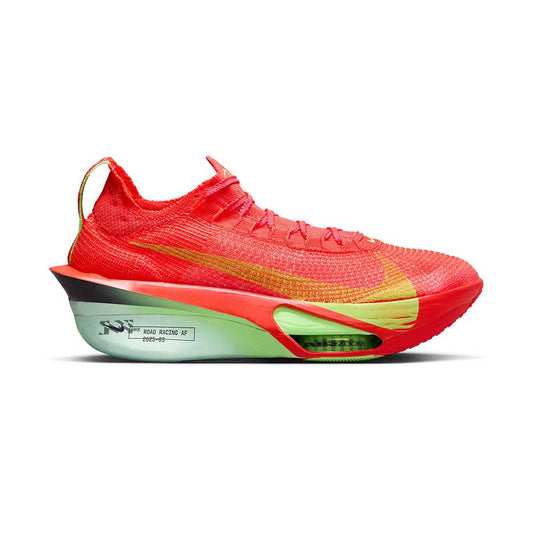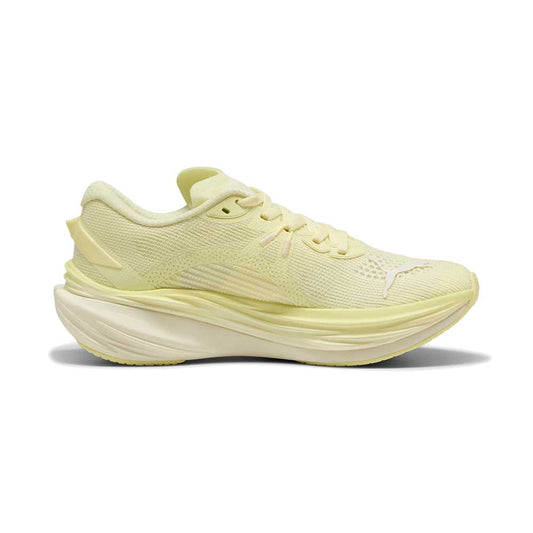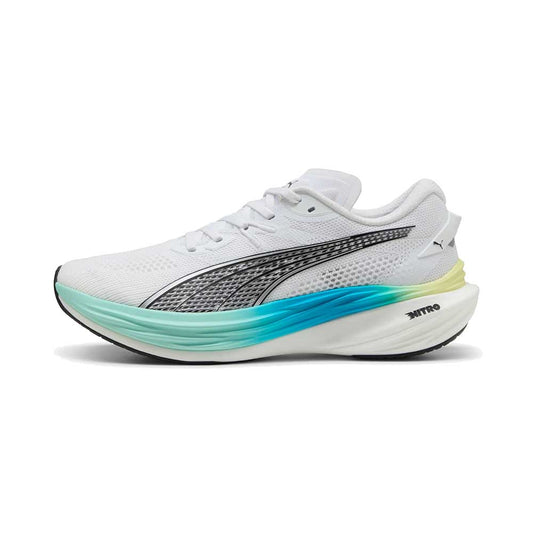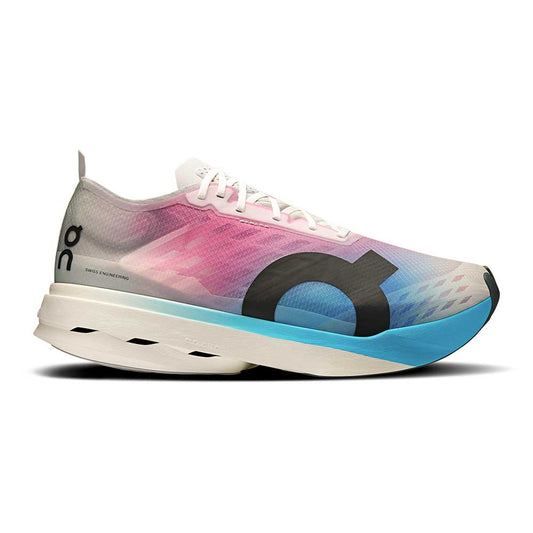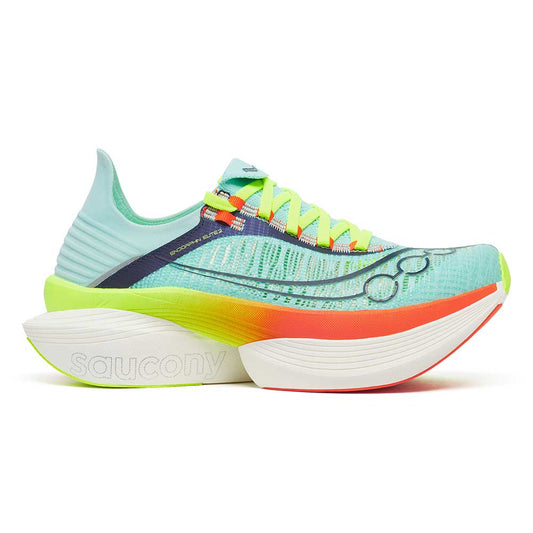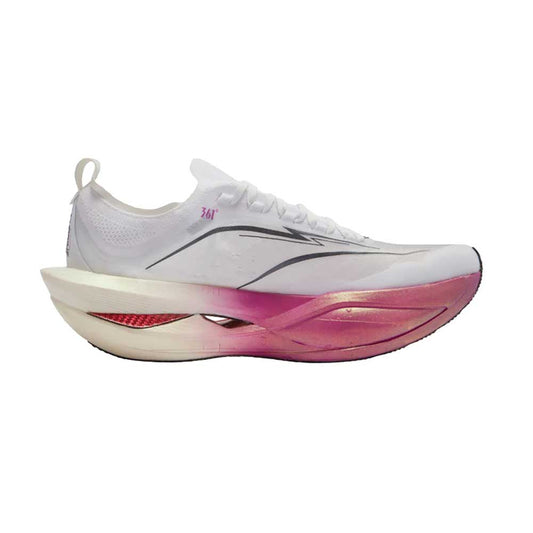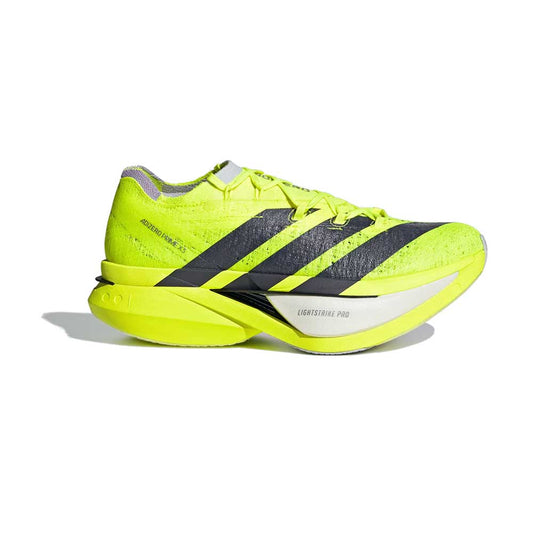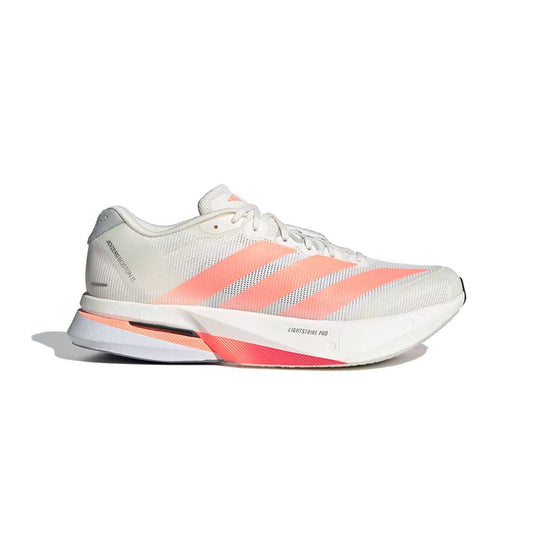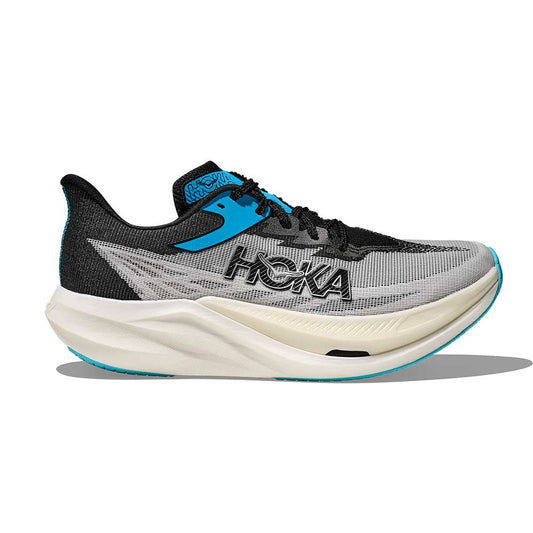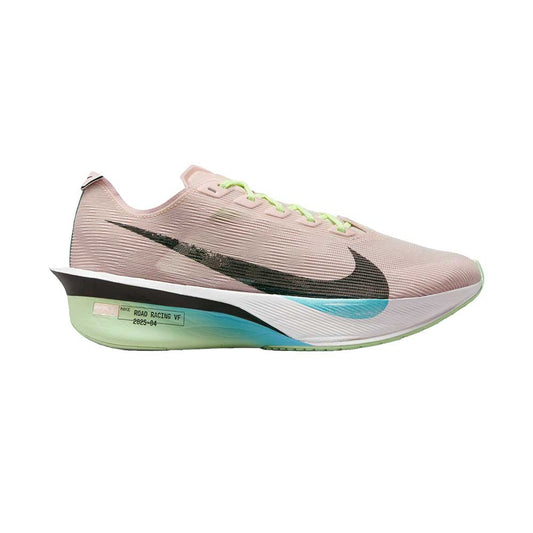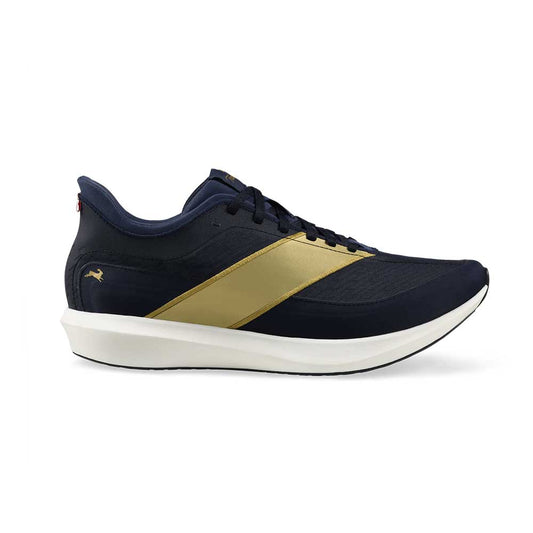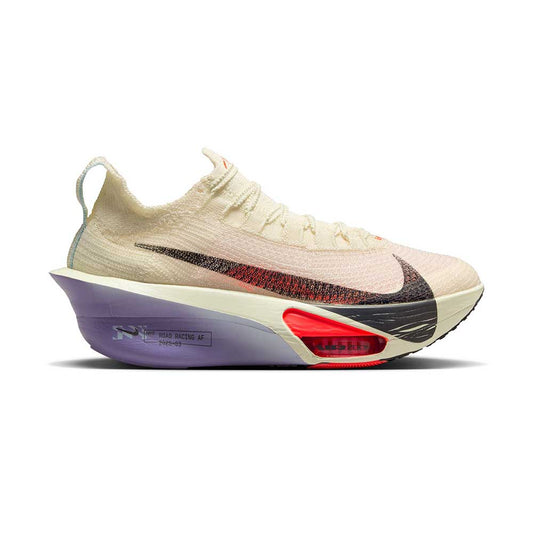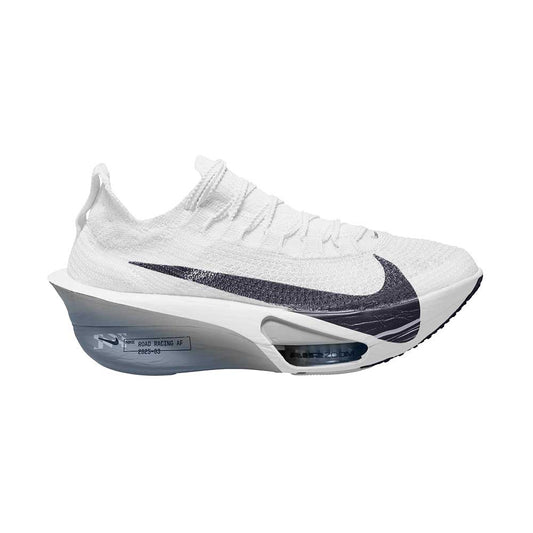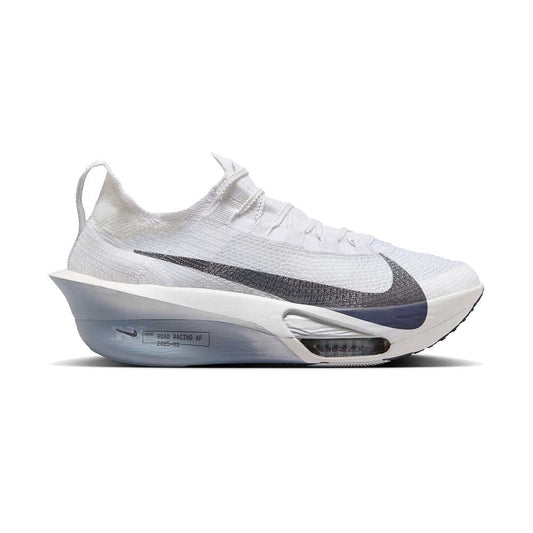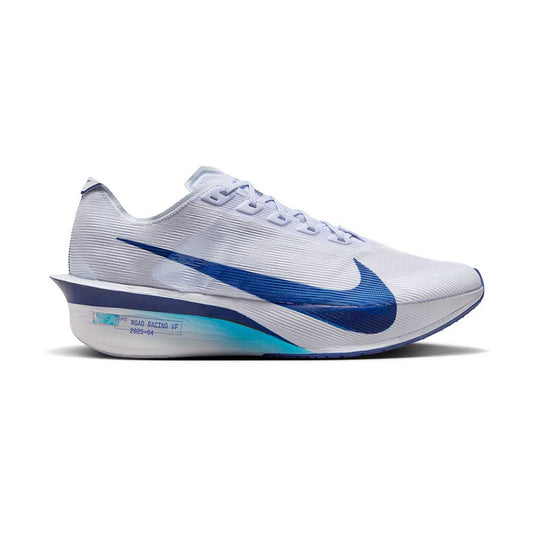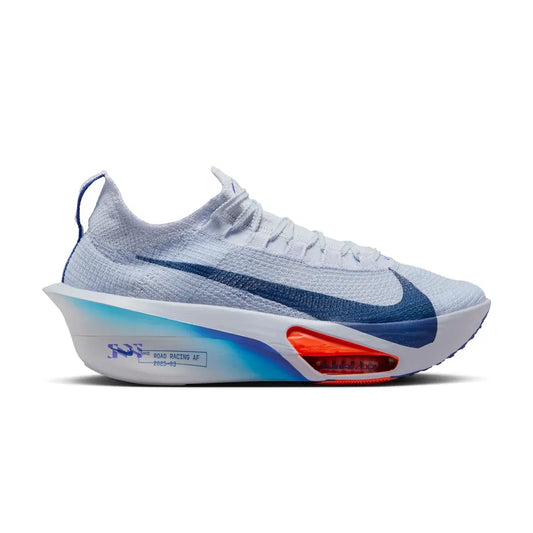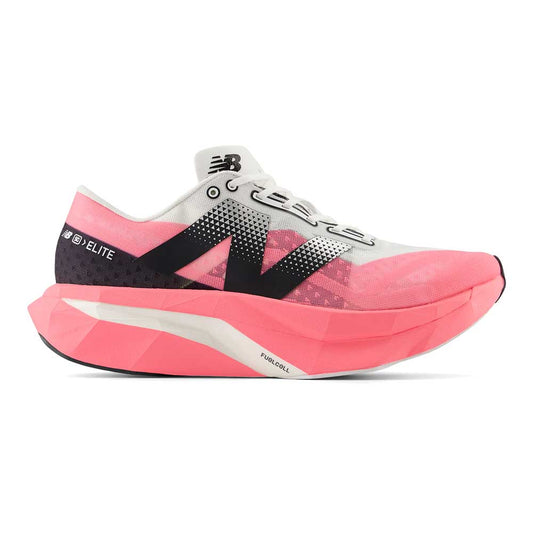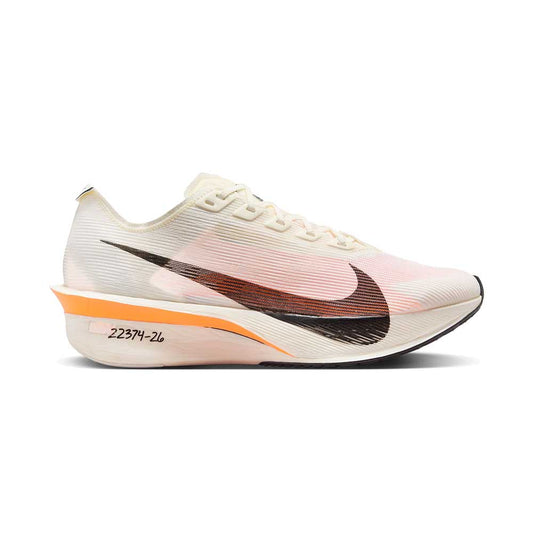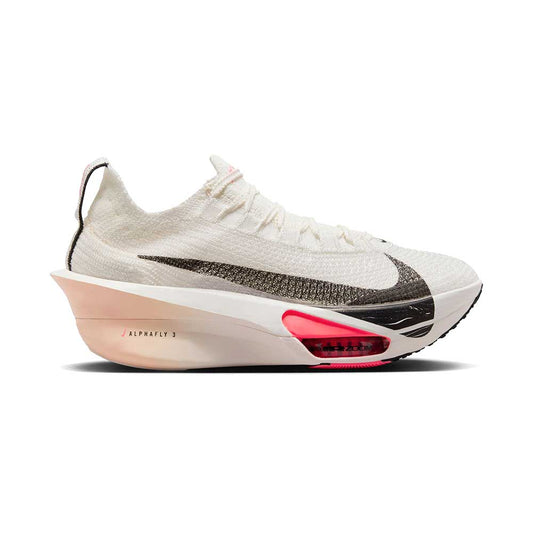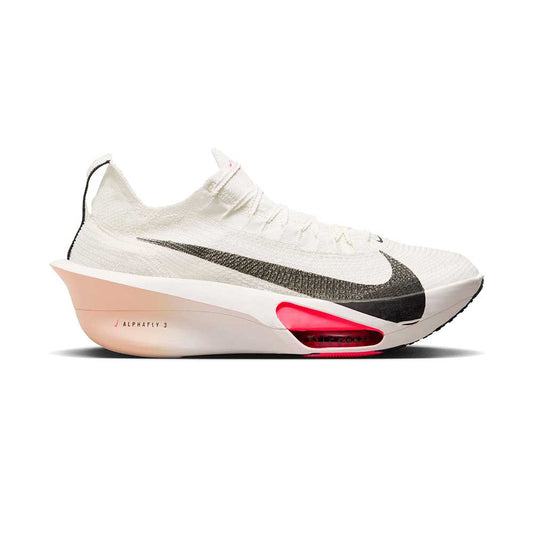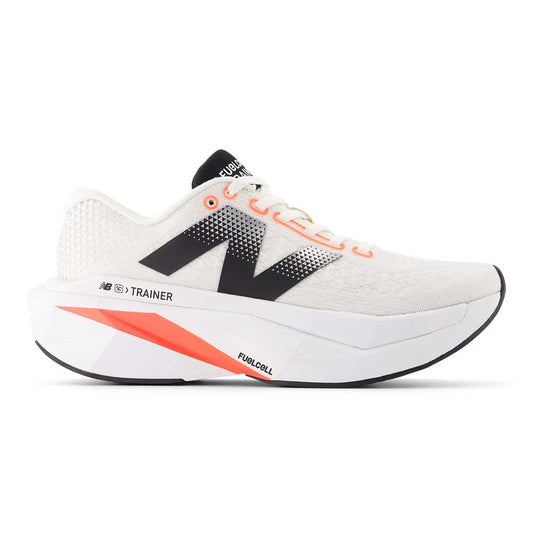The stacked foam, carbon-plated, rocker design of what’s come to be known as “Super Shoes” has taken the running industry by storm, with much research and data backing the hype.
With an onslaught of fallen records and faster times attributed to this technologically-advanced footwear, it’s easy to see why Super Shoes have become widely popular among professional and amateur runners alike.
Whether busy breaking elite records or crushing personal PRs, Super Shoes are on a growing number of runners’ feet, and hitting more and more types of starting lines beyond that of marathons alone.
Should you treat your feet to a pair? Good question! Not many runners would shrug off the chance at improving their times, but there’s more to Super Shoes than the rewriting of record books, and it’s important to learn all you can before knowing whether lacing up a pair is right for you.
What are Super Shoes and What Makes Them so Super?
It was Nike who first came out with the magic formula of a highly-stacked yet lightweight midsole cushion with a full-length embedded carbon-fiber plate. This design proved to not only be comfortable and highly responsive, but also energy-efficient, and incredibly fast. The famed Super Shoe was born. Soon after, other brands followed suit…and records began to fall.
But what exactly is it that gives Super Shoes such super powers? No, they don’t have capes (though they pair nicely with running tights), and yes – stacked foam, rocker designs, and plates like those found in track spikes are all nothing new, but it’s the combination of these that makes Super Shoes so speedy.
The Dynamic Duo
-
Midsole Super Foam
A specialty midsole made of compressible, dense foam with the highest level performance capabilities, piled high yet remaining lightweight provides max cushion and comfort along with supreme energy return.
-
Carbon-Fiber Plate
Within the super foam lies a rigid and curved carbon-fiber plate that runs the length of the midsole and acts almost like a lever or catapult, propelling the heel up and foot forward with every toe-push off the ground. In other words, you get an extra boost in every step without using extra energy.
This 1-2 punch is what makes Super Shoes light and springy, while allowing them to simultaneously improve running efficiency – minimizing energy loss so you can conserve it to run farther…or use it to run faster!
-
The Trusty Sidekick: Rocker Design
Add in their rocker design that provides smooth transitions and helps keep you moving in a forward motion, and you can see why wearing a Super Shoe can give you an edge on race day.
Can You Train in Super Shoes?
Now, we know what you’re thinking…why keep these speed demons in the closet and only break them out for races? Well, this has been a bit controversial.
Sometimes you can have too much of a good thing, right? While Super Shoes are built to help you slay your speedwork and rock your race, their high foam is not exactly the most stable of things nor is it designed for enduring lots and lots of miles. Also, the massive energy return can backfire while training since expending less energy in your workouts can result in two things:
- You don’t work as hard so your body is actually not as race ready
- You feel so good training that you push yourself too far and end up overdoing it
In addition, Super Shoes can take some getting used to – they’re stiffer than regular running shoes, propel you forward, and as we mentioned, offer less stability than your trainers, all of which can change your stride and distribution of impact on your body, thus opening the door to possible injuries. (Though Super Shoes do tend to reduce Achilles tendon and calf issues, their design has been known to cause some problems further up involving hamstrings and hips when worn too often).
However, there are some ways to combat these cons:
- Ease into wearing them – it’s always a good idea to rotate shoes to make them last, reduce risk of injury, and match the pair you wear to the workout you do. Add Super Shoes into your rotation here and there, eventually doing some long runs in them to feel comfortable and confident by race day.
- Prepare your feet with exercises – standing on foam or balance pads and doing calf raises and single leg squats can help get your muscles and tendons in tune with how Super Shoes feel.
- Look for Super Trainers – With the popularity of Super Shoes and the frequent questions about training in them, Super Trainers are starting to emerge – non-race day shoes to the rescue with the same type of technologies integrated into their design.
Can Super Shoes Help with Recovery?
If you think about it, Super Shoes allow you to use less effort when you race, so your body does not expend as much energy, and therefore won’t need as much time to recover. They’re not only bouncy, they help you bounce back!
And since they reduce the amount of work your Achilles and calves need to do, if you are having issues in these areas, wearing Super Shoes may help alleviate discomfort and pain.
Are Super Shoes for You?
Just because Super Shoes are often referred to as pro or elite level shoes, doesn’t mean they’re only for those crossing finish lines first. People further back in the pack have also reaped the benefits of strapping on these speedsters, giving their pace a boost as well as their confidence. There are some things to consider, however, before you invest in a pair – with an emphasis on the word “invest”.
- Super Shoes come with a much higher price tag than your typical racing shoes, so you’ll need to decide if the splurge is worth it.
- Not all Super Shoes are the same and not every Super Shoe is for everyone. People have different foot structures, gaits, and running patterns, and therefore have different footwear needs. A Super Shoe that works for one person might not work for someone else, so it’s important to find a pair with features that feel comfortable to you, not just choose the ones you’ve heard of or a friend wears.
- Slower runners might only enjoy a slight advantage. Where the carbon plate helps faster runners use less energy, a slower runner may end up using more energy to get the same forward propulsion out of the plate. A slower runner also does not compress the foam as much as a faster runner does and therefore doesn’t receive as much spring back and energy return upon impact with the ground.
- While Super Shoes can help you run faster and more efficiently, they are not the only factor that influences your performance. Super or not, your shoes won’t take your body far without ensuring you are training consistently and getting the nutrition, hydration, and sleep you need.
With all that in mind, if you’re thinking you would like to give Super Shoes a try, check out our top-sellers and favorite picks…then, prepare to PR!

